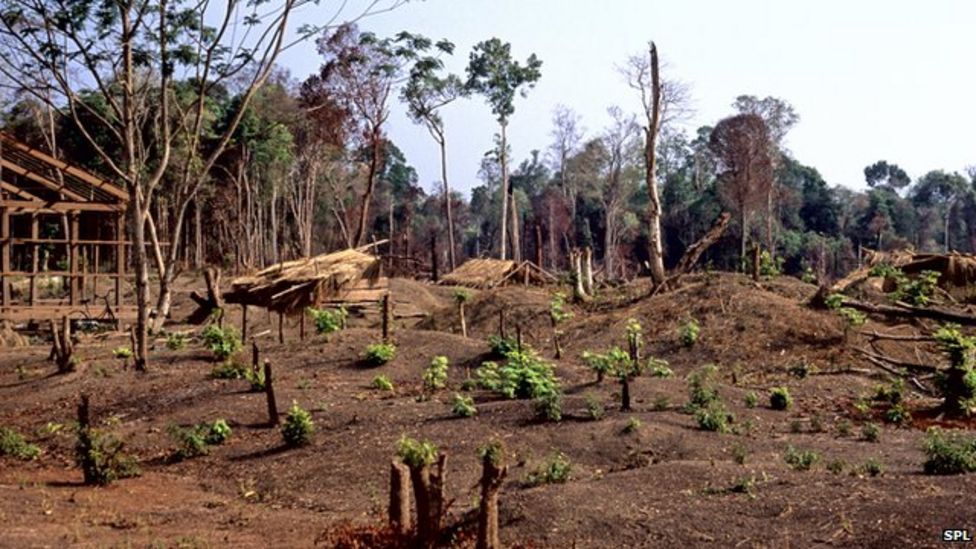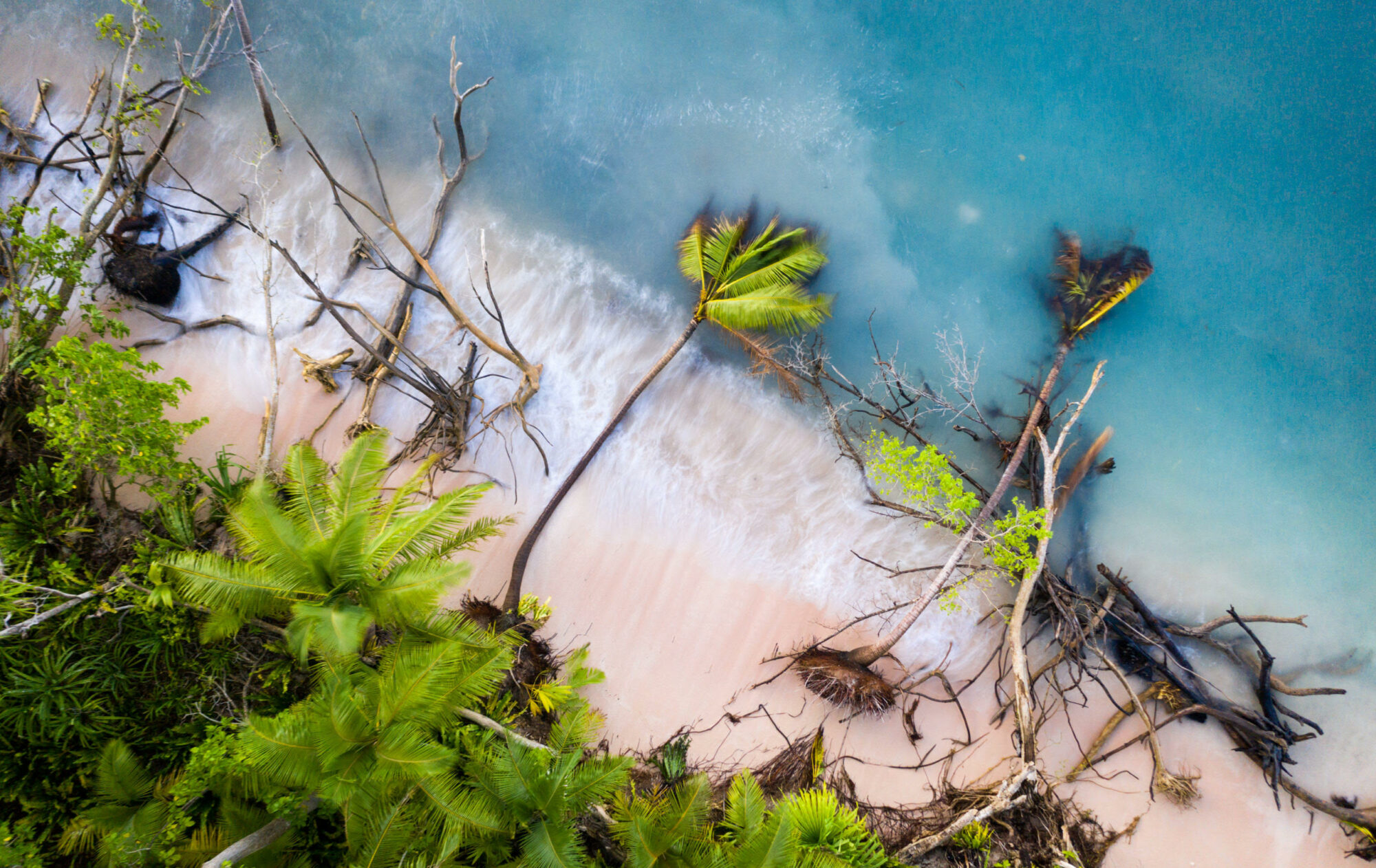The exploitation of our planet’s natural landscapes has continued unabated for decades. Deforestation threatens to wipe out countless species of plant and animal life across the world, with short-term economic gains trumping pragmatic conservation efforts. The clearing of mass swathes of forests to make room for palm oil, rubber, and cashew plantations is a major concern in Cambodia. This blog post will look at the threat this small South-East Asian country – already on its knees after a half century of political turmoil and genocidal horror – faces from illegal logging operations.
Video – Sean Gallagher, an independent environmental photographer documented the scale of the issue beautifully in their short documentary ‘Cambodia Burning’. This can be seen below.
Cambodia’s natural temperate forests are home to a host of iconic endangered species, while also providing critical carbon sequestration services. Asian elephants, black-shanked douc langurs, and sun bears have found refuge under the dense, knotted treetops that traverse the country. The past two decades have seen threats to their habitat grow wildly though, as top-level corruption allied with vast corporate greed has sent illegal deforestation activities spiral wildly out of control. Much of this systematic destruction has been carried out within the supposedly protected areas of forest known as Prey Lang, and Keo Seima. So much of the Snuol Wildlife Sanctuary was cleared for cashew and rubber plantations, that in 2018, its protected status was revoked due to there being so little of it left to protect. The uniformity of the plantations is unable to replicate the landscape of the primary forests, with biodiversity diminishing greatly.
Global Forest Watch track the activity in Cambodia’s forests extensively. Their estimates indicate that between 2001 and 2020, the country lost about 1.29Mha of forest cover, this being equivalent to 834Mt of CO2e emissions, and 30% of their total tree cover1. This is a deeply worrying statistic, with the deforestation accelerating at a pace higher than both Indonesia, and Brazil, two countries stalked and preyed upon in perpetuity by high-profile illegal logging networks. The issue of illegal logging and exports has been hampering conservation efforts in Cambodia for decades, with the million metre deal an infamous landmark from the 1990s. International demand for Cambodian rubber, as well as other cash crops such as palm oil, has also spiked in recent years. This demand comes mainly from its neighbours Vietnam, China, and Singapore.

Poor countries like Cambodia are always likely to struggle to eradicate such activities on their own. The weakest economies on the planet will always be vulnerable to lucrative activities, regardless of the morality, and legality of the situation. Illegally logged timber, smuggled into Southern Vietnam, and rubber exported to the aforementioned nations provide a significant revenue injection. Corruption across all levels of Cambodian society facilitates the deforestation crisis. Mongabay interviewed Marcus Hardtke, a Cambodian forest expert, in August 2020. The interview described a “steady stream of timber from the Seima protected area across the Vietnam border”2. Hardtke spoke of “a balanced system of bribes and influence”, with involvement of “people in uniform at several levels. Worryingly, the corruption can mean violence, and at the beginning of 2018, security and conservation workers; Thol Kna, Seng Vattana, and Tern Soknai were killed after confiscating the equipment of illegal loggers3.
International governments need to collaborate on strategies to alleviate pressures on economies such as Cambodia’s if the forests are to be conserved successfully. The Paris Agreement has already stated that wealthy nations should pay poorer countries in exchange for reducing carbon emissions from forestry4. It’s clear these efforts now need to be stepped up, with the so-called ‘decade of change’ well underway. Developed nations, and major corporations are working to remove products of deforestation from their supply chains5. Pressure needs to be put on these key actors to ensure they deliver on their promises. Lower CO2 emissions, reduced zoonotic disease risk, and conservation of some of the planet’s most unique lifeforms. These are the rewards that can be attained if we act now and stop reckless deforestation.
References
- Global Forest Watch – What’s happening in Cambodia’s forests? https://www.globalforestwatch.org/blog/data-and-research/whats-happening-in-cambodias-forests/
- Mongabay – https://news.mongabay.com/2021/04/deforestation-ramps-up-in-cambodias-keo-seima-wildlife-sanctuary/
- The Guardian – https://www.theguardian.com/environment/2018/jan/31/cambodian-forest-defenders-killed-after-confronting-illegal-loggers
- Paris Climate Agreement – https://unfccc.int/news/un-climate-change-process-steps-up-action-on-deforestation-0
- European Union – https://ec.europa.eu/environment/forests/deforestation.htm

